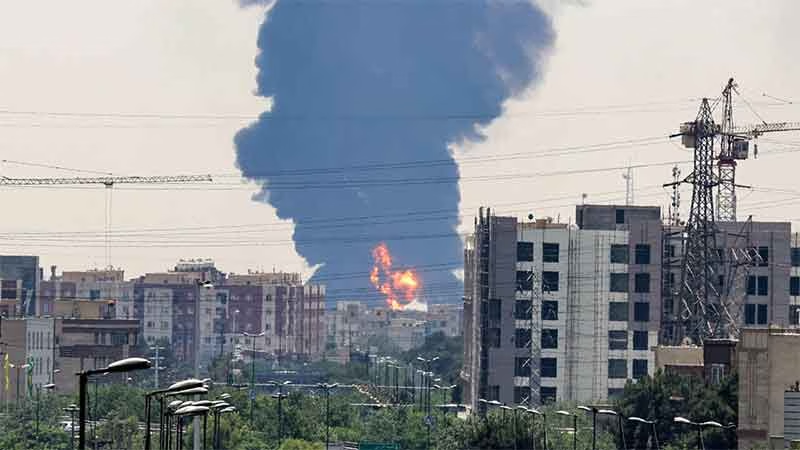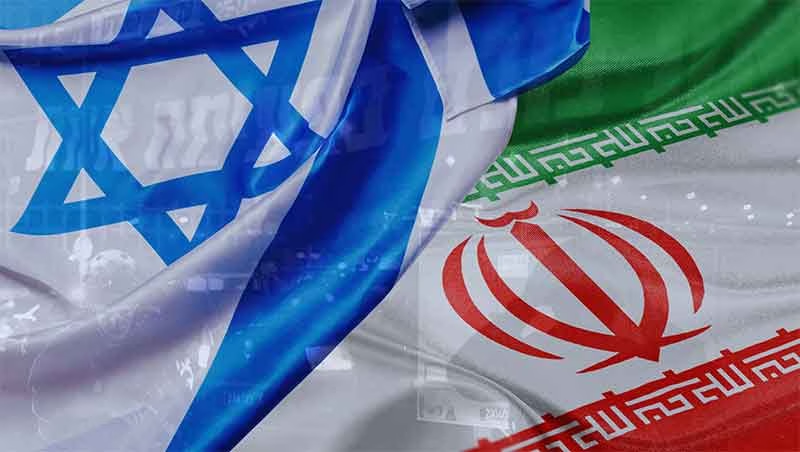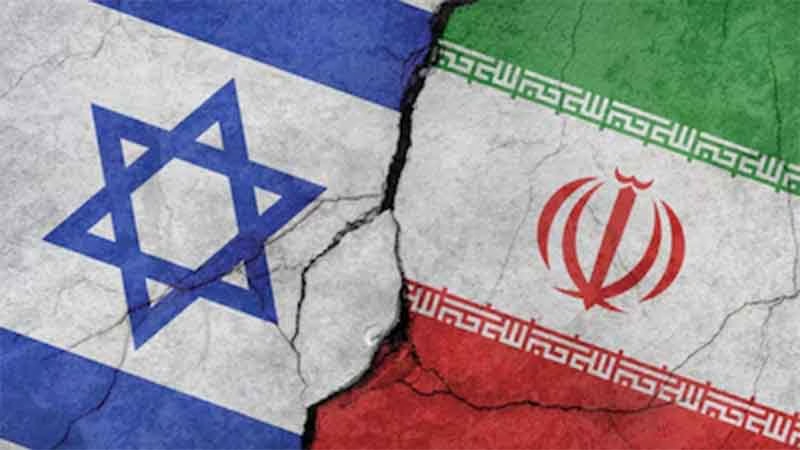
In 1781, the Bolivian indigenous leader Tupac Katari led a rebellion in which La Paz, the Spanish colonial capital of “Upper Peru,” was besieged for 109 days. The siege ended with the arrival of a Spanish army. Katari was captured, he and his wife, Bartolina Sisa, were gruesomely executed, and thousands of indigenous people were massacred.
For many years, this was treated as a minor event in history books, but in the latter half of the twentieth century Katari and Sisa have been celebrated by the indigenous majority as symbols of resistance to oppression, and as martyrs in a national revolution whose time has finally come.
The Five Hundred Year Rebellion: Indigenous Movements and the Decolonization of History in Bolivia, by Benjamin Dangl (AK Press, 2019), is the story of decades of work by organizers, activists, intellectuals, and politicians to turn this story of indigenous resistance to oppression into the symbol of national liberation. It follows the way social movements have related to the question of indigenous identity, and their efforts to organize and focus its power, up to the point of electing an indigenous president. It is a story of decolonization, of people freeing themselves from the mental and political structures that were imposed upon them by imperial powers.
In 1952, the National Revolutionary Movement (MNR) led a revolution that made historic gains with expanded rights for workers, land reform, and national economic sovereignty. It was supported by miners, workers and peasants, but it was led by a white and mestizo middle class who saw the indigenous majority as “primitive,” people who needed to be modernized, assimilated, and brought into the economy as workers and capitalist farmers. This implied giving up communal economic forms, traditional clothing, using Spanish, and finding their place in a capitalist society. While peasants welcomed the land reform, cultural change was resisted.
Many indigenous people benefited from improvements in their rights and education, but as their conditions improved, they became more aware of how racism was limiting their advancement — it was not just poverty. By the 60’s Aymara, many of rural origin who had got into the university, were forming Katarist circles that promoted a powerful, liberating ideology. In the words Luciano Tapia, a protagonist in the movement, “I understood that, far from feeling as though I were a beggar and foreigner in my own ancestral land, rather, I should instead feel proud of being a descendant of the great and glorious civilizations from this part of the world. From this comes the reason to maintain that beyond being a simple campesino class, we are fundamentally a living historical reality, a people made of flesh and bone, a real Nation.”
Kataristas looked back at a time when Andean people lived in a society that was superior in its values and organization to 20th century Bolivia. That society was not a Utopia; it was a living reality that their ancestors created. Their country had been violently taken from them and they had been enslaved. However, there is a history of resistance to be proud of, not just Katari but also many others who are being rediscovered as the stories of the elders are compiled. Dangl tells how indigenous thinkers and activists deepened and popularized these ideas, turning them into a political force.
The revolution of 1952 had empowered a government-sponsored peasants’ union, but a series of subsequent coups eroded its gains after a few years. Kataristas went to work to take control of the state-dominated union, using their message to build morale and solidarity. One of their early leaders spoke of analyzing things with ”two eyes,” that is, that exploited campesinos were members of the wider oppressed working class of Bolivia and also exploited as indigenous people. By 1979, they created a new peasants’ union that was affiliated with the Bolivian Workers’ Central (COB), the national union of miners and industrial workers.
Bolivia has relatively few roads, and they run through areas with concentrations of campesinos. Road blockades have been a key tactic for indigenous struggles all the way back to Tupak Katari’s time. Katarist ideology enhanced this strategic asset, raising morale and determination by enabling people to see their actions as part of a historic continuity. Dangl skillfully embeds these stories of campesino resistance in a concise account of Bolivia’s tumultuous history of those times.
Aymara students at the university in La Paz in the seventies found themselves in an environment in which they were expected to abandon their indigenous identity, even to the point of having to adopt a Spanish sounding surname. They also learned that there was virtually no information at all about the history of their people. Two chapters of the book are devoted to their response: the Andean Oral History Workshop (THOA), a project in which they worked collaboratively with indigenous communities, often the ones they grew up in, to collect memories from elders. They were able to reconstruct historical struggles and biographical information about Aymara leaders who worked for justice, and they turned them into widely distributed books, radio programs and other media. The chapters on the work of THOA are a fascinating story of a nation discovering its own history by reassembling the fragments stored in the living memories and family stories of its people.
Ayllus were the basis of pre-Columbian society in the Andes. They are communities typically consisting of two or more settlements at different altitudes to take advantage of the different ecological zones for a greater range of products. Dangl explains how they function on the basis of reciprocity and mutual obligation, sharing not only produce but also the risks that come with adverse weather, labor parties for tasks like harvesting, and decision making by consensus. Leadership responsibilities rotate routinely among members; governance is egalitarian and participatory.
The Ayllus is stable enough to have survived long after the conquest in more remote areas, but the Spanish and their Creole successors had other uses for Ayllu lands and populations, and by the middle of the twentieth century, they were very diminished. But in the eighties people began to advocate their revival, and by the nineties a national network of Ayllus was well under way. Dangl traces this expanding reconstructive effort and its complicated relationships with successive governments, the campesino union, etc.
This book was written at a time when Evo Morales was nearing the end of his third term. It was clear that while Bolivia’s first indigenous president had been in office — since 2005 — the county had undergone substantial economic expansion, and that those who had benefited most notably were the poorest, that is, mostly the indigenous. Not only were they better off economically, they had also developed a new understanding of their place in their own country.
The symbols of Tupak Katari and Bartolina Sisa evolved as the MAS, understandably, adopted them wholeheartedly, but more in their role as political leaders and less as revolutionaries. But the MAS government has been criticized for some decisions that are inconsistent with the vision that the Kataristas articulated. As an astute observer, Dangl alludes to some of those contradictions, but to analyze them in depth would be outside the scope of the book.
The Kataristas presented an idealized pre-Columbian society, outlining a socialist vision that many Bolivians would like to make a reality. The ideas of national liberation and communal society have taken root. Benjamin Dangl’s book tells how that came about; it will be a valuable resource in understanding what is to come.
Peter Lackowski is a retired Vermont school teacher who has been visiting and writing about Latin America, including Bolivia, since 2004. See his CounterPunch report from Venezuela this May.
SIGN UP FOR COUNTERCURRENTS DAILY NEWS LETTER










































